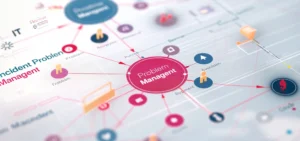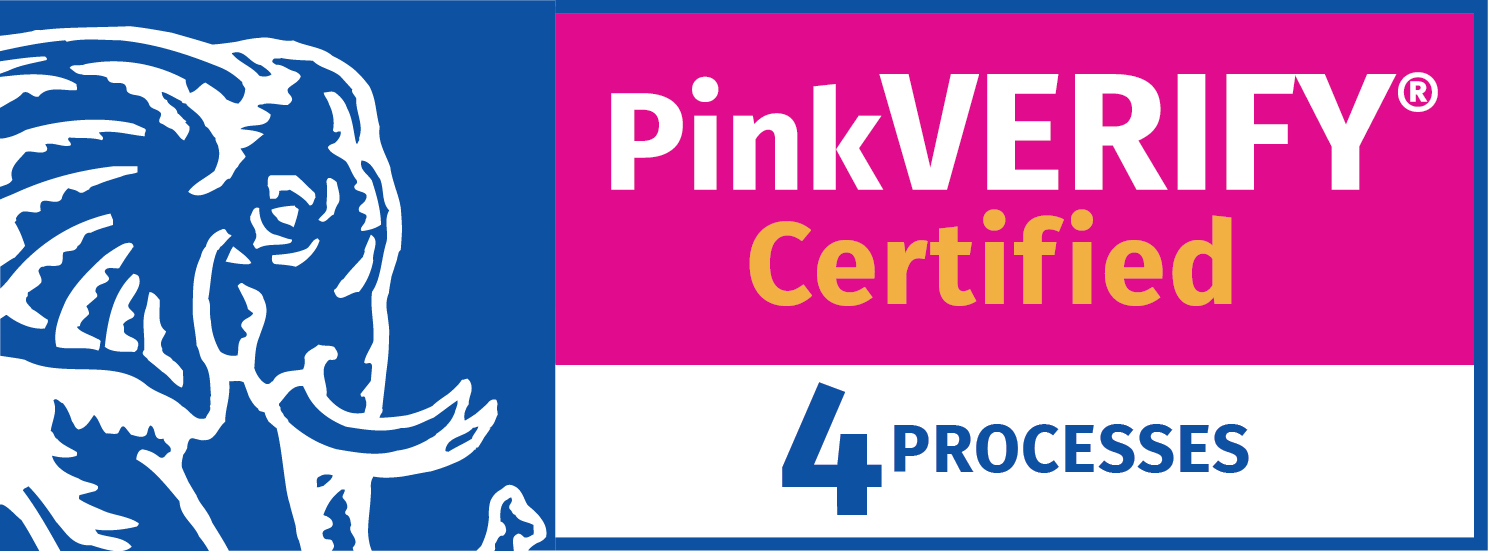Enterprise service management – “the use of IT service management (ITSM) principles, practices, and capabilities by another business function to help improve its operations and outcomes” – is something that has become a mainstream ITSM “capability” in the last decade. To demonstrate this, in the AXELOS Enterprise Service Management Industry Report 2021, two-thirds of organizations already had enterprise service management strategies in flight, and 38% of respondents considered their organizations well advanced with their enterprise management strategy. This figure was up from 7% in 2019, and only 11% of organizations had no plans for enterprise service management in the 2021 survey.
The same survey found that 80% of organizations accelerated their digital transformation due to the global pandemic. The top three factors driving this were distanced working, health and safety (based on the mandated “distancing” requirements), and employee expectations. This acceleration of digital transformation strategies could have covered one or more of the following elements being delivered through the greater exploitation of technology and data:
- Creating new products and services
- Improving customer engagement mechanisms across the customer lifecycle
- Optimizing business function operations and removing the reliance on (and inefficiencies of) potentially antiquated manual practices
It’s with the latter of these elements that enterprise service management has thrived as a platform for digital transformation.

Enterprise service management was a proven platform for corporate digital transformation needs
In some ways, the global pandemic not only accelerated corporate digital transformation strategies but also helped the case for enterprise service management – and the corporate ITSM capabilities – as a ready-made solution for business function digital enablement needs.
Given the immediate need to support the employees that were suddenly working at home (rather than in the office), and because traditional manual ways of working now struggled, enterprise service management was a proven business solution for business functions. It was just what organizations needed to keep their employees productive and customer needs fulfilled.
How enterprise service management benefits organizations
While this blog talks about enterprise service management, ITSM capabilities are ultimately shared with other business functions to enable the digital transformation required to improve their operations and outcomes. Importantly, these ITSM capabilities, when shared through an enterprise service management strategy, deliver more than the digital enablement needed for distributed working. For example, the best practice processes that have evolved in three decades of ITSM guidance and the standardization of employee engagement operations and experiences across business functions.
These benefits were reflected in the , with the top three enterprise service management drivers found to be:
- Process standardization and optimization
- Digital transformation enablement
- Employee productivity improvement.
If you cast your mind back to the earlier enterprise service management definition, you’ll remember that this talked about sharing ITSM principles, practices, and capabilities. However, this “full package” is not mandatory. Instead, business functions can adopt (and adapt) whichever will help them optimize their operations and outcomes. So, for example, they might not be interested in ITSM principles, and the service management concepts, and only take some practices and ITSM tool capabilities. It really is about helping these business functions to improve rather than forcing the IT ways of working on them.
Some of the commonly adopted ITSM capabilities that facilitate digital transformation are:
- Workflow automation and the use of third-party orchestration capabilities. These capabilities improve the flow of business function processes, leveraging automation whenever possible to reduce the delays and errors caused by human-based tasks. The use of native workflow capabilities also assists – for example, routing, notifications, approvals, service-level monitoring, alerts, and escalations all help to ensure that processes and the associated experiences are working as expected.
- Knowledge management capabilities. The ability to capture, refine, manage, and share knowledge helps everyone. Business function staff can do more than with just their own knowledge and experience. The employees they serve can access the shared knowledge for self-help using self-service and newer artificial intelligence (AI)-enabled capabilities such as chatbots.
- Omnichannel support capabilities. In addition to telephone and emails, this started with the IT self-service portal, then chat, and then the addition of AI-enabled capabilities such as chatbots or bots within corporate collaboration platforms such as Slack and Microsoft Teams. These additional access and communication channels not only offer employees greater choice but also improve the employee experience and reduce some pressure on business function staff thanks to the increase in self-help capabilities.
- The AI-enabled capabilities available in ITSM tools are available to other business functions. For example, intelligent search, employee-facing chatbots (or virtual agents), virtual assistants that assist business function staff in their work, and intelligent ticket routing that uses natural language understanding (NLU) and machine learning to categorize, prioritize, route, and even action incoming employee requests automatically.
- Reporting and analytics capabilities which, thanks to the digital enablement of business function operations, provide improved insight into operational performance and make it easier to identify improvement opportunities. This capability is further improved with AI when analytics leverage pattern recognition and machine learning capabilities to deliver insights beyond the abilities of humans.
Plus, the proven ITSM best practices are also available should business functions want to adopt service management elements that will assist them.
Click here to find out more about our ITSM solution





